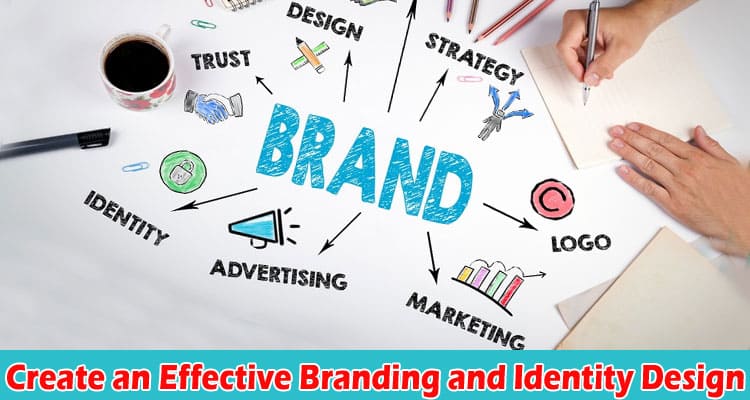Effective branding and identity design are essential for success in today’s competitive business landscape. Your brand is not just a logo; it’s the perception and emotion consumers associate with your company. Therefore, creating a strong and memorable brand identity is crucial for attracting and retaining customers.
Understanding your brand and defining its elements is the first step to creating a brand identity that sets you apart from your competitors. You can hire a graduate from a graphic design course to help you with defining the unique elements and crafting a brand identity that is compelling and creative.
In this article, let’s go through the various steps in creating a brand identity.
Understand Your Brand and Target Audience
Before diving into design work, it’s vital to have a clear understanding of your brand’s values, mission, and unique selling propositions. What does your brand stand for? Who is your target audience? Understanding these fundamentals will guide your design choices and ensure that your branding accurately represents your business.
Research Your Competitors
A competitive analysis is essential to identify what sets your brand apart. Analyse your competitors’ branding and identity designs to determine trends in your industry. This research will help you differentiate your brand and avoid copying existing designs.
Define Your Brand Elements
To create a cohesive identity, you need to define the key elements that will represent your brand consistently. These elements typically include:
- Logo: Your logo is the visual cornerstone of your brand. It should be simple, memorable, and scalable. Consider the colour scheme, typography, and imagery that best represent your brand’s personality.
- Colour Palette: Choose a colour palette that aligns with your brand’s emotions and values. Colours can evoke specific feelings and associations, so select them carefully.
- Typography: Consistent typography reinforces your brand identity. Choose fonts that complement your logo and are easily readable across various media.
- Imagery and Graphics: Determine the style of imagery and graphics that will be associated with your brand. Whether it’s photography, illustrations, or iconography, ensure that they align with your brand’s personality.
Develop a Brand Style Guide
A brand style guide is a document that outlines how your brand elements should be used consistently across all media. It includes guidelines for logo usage, colour palettes, typography, and any other design elements. A style guide ensures that your brand maintains a cohesive and professional appearance.
Design Marketing Collateral
Once you have your brand elements in place, apply them to your marketing collateral. This includes business cards, letterheads, brochures, websites, social media profiles, and any other materials that represent your brand. Consistency is key in reinforcing your brand’s identity.
Test Your Branding
Before fully implementing your branding, consider conducting focus groups or surveys to gather feedback from your target audience. This can help identify any potential issues or adjustments needed in your design and messaging.
Implement Your Brand Across All Channels
Consistency is crucial in branding. Ensure that your brand identity is applied consistently across all customer channels, from your website and social media profiles to product packaging and physical locations.
Seek Professional Help
Creating an effective branding and identity design can be a complex and time-consuming process. Consider seeking the expertise of professional designers and branding experts who can guide you through the process and ensure your brand is aligned with your goals and resonates with your target audience.
If you are interested in helping brands establish a strong identity, consider enrolling in a graphic design course to learn the basics of design and start an exciting career.







